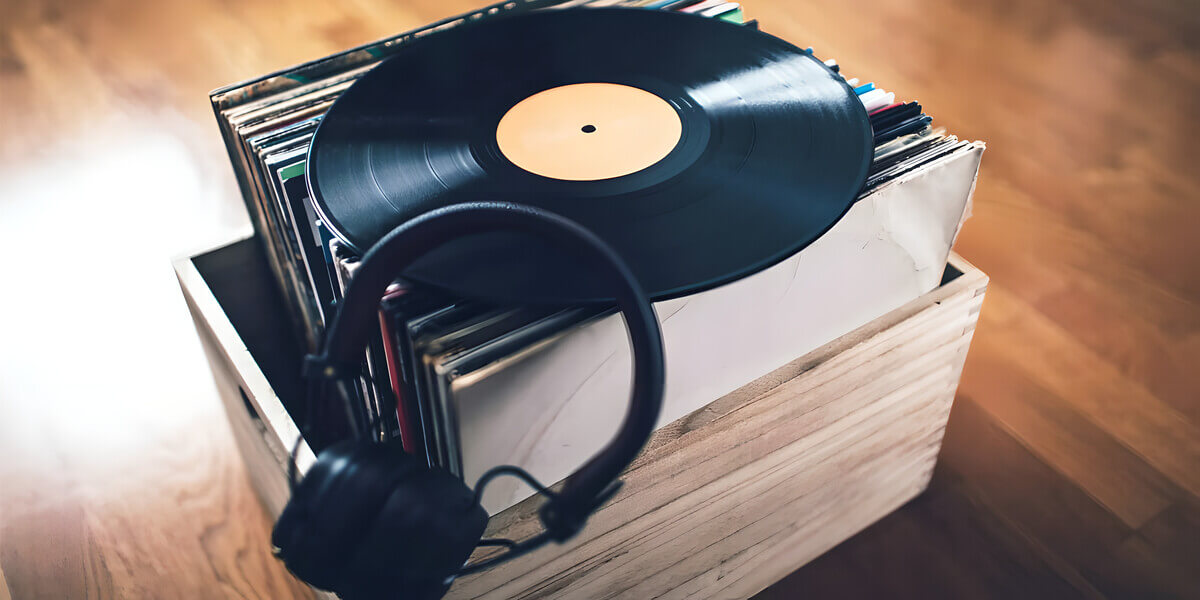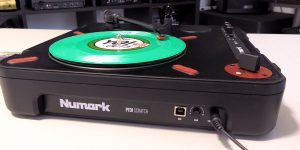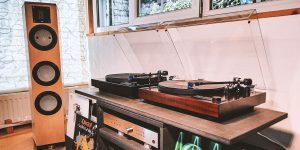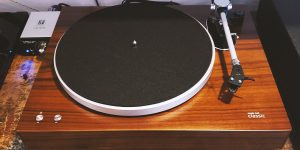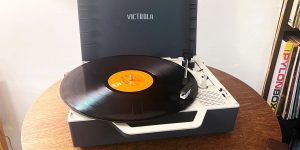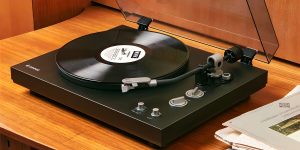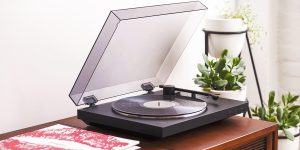In the world of vinyl records, collectors treasure one thing above all else: first pressings. These early incarnations of beloved albums hold a unique allure that transcends mere musical appreciation. They provide a clear link to the period and circumstances surrounding its production. If you want to find out how to tell if a record is a first pressing, then this guide will be helpful for you to know all the details when checking vinyl pressing in the attempt to find a treasure.
What is a first pressing?
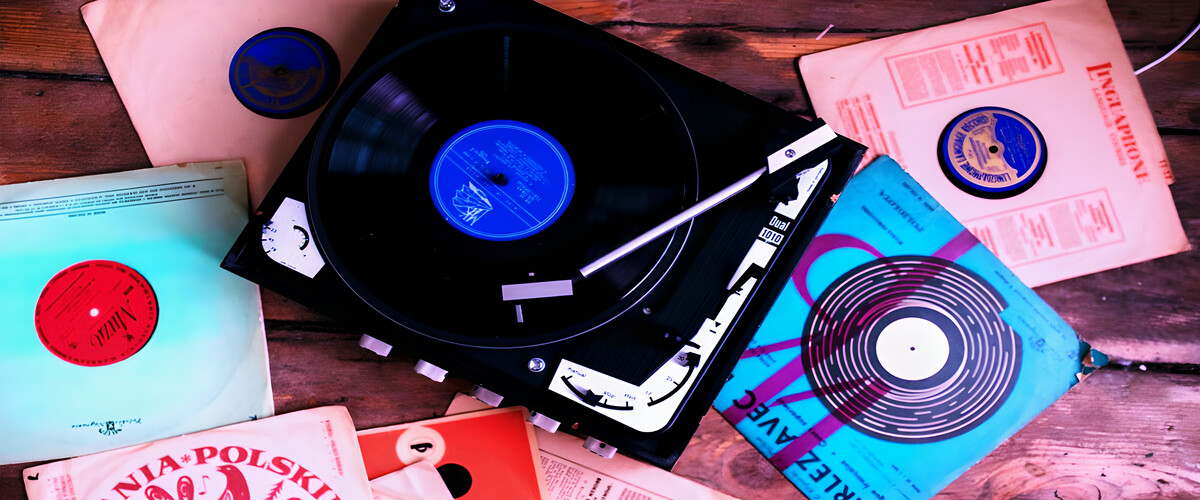
A vinyl first press is the earliest production batch of a vinyl record manufactured using the original master recordings and molds. It represents the first commercial release of the album. They capture the music as it was intended by the artist and producer at the time of its debut. Vinyl enthusiasts value first pressings for their potentially superior sound quality. They are often mastered directly from the original recordings, resulting in a more accurate representation of the music.
Why is a first pressing valuable?
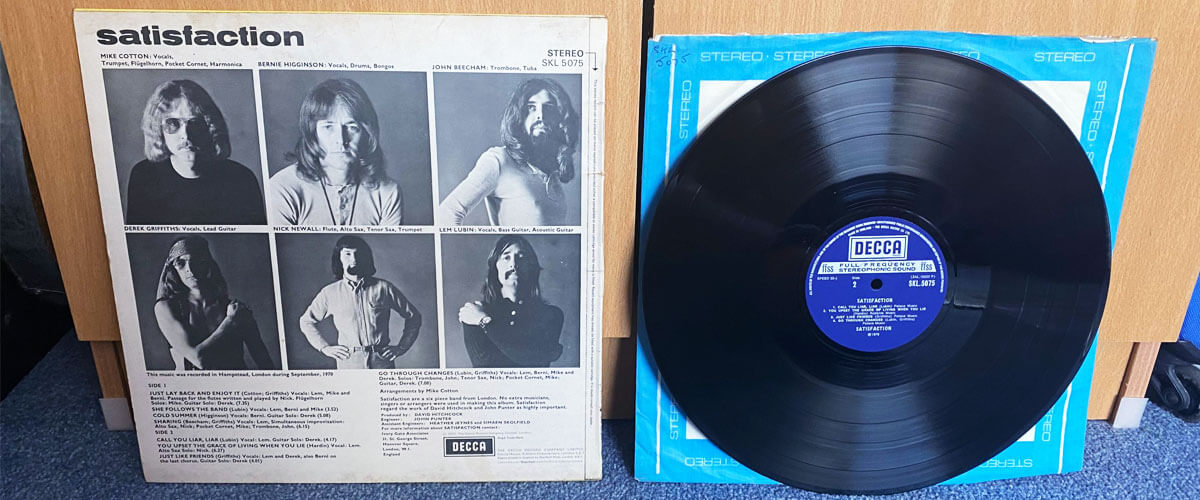
First pressings typically feature the original album artwork and packaging, which can be artistically significant and add to the overall aesthetic appeal of the collector’s item.
First editions offer information on the industry of music as well as mainstream culture at the time the record was initially released. They can provide an overview of the dominant styles, developments, and manufacturing processes of the time. Their market value may rise due to limited supply.
Some collectors view first pressings as potential investments. Particularly for iconic or historically significant albums, the value of first pressings can be appreciated over time, making them valuable assets.
Step-by-step guide to identifying a first pressing
Identifying the first pressing of a vinyl record can be a rewarding endeavor for collectors and enthusiasts. It involves examining various details on the record, its packaging, and its accompanying materials. Here’s a step-by-step guide to help you identify a first pressing.
Step 1: Visual inspection
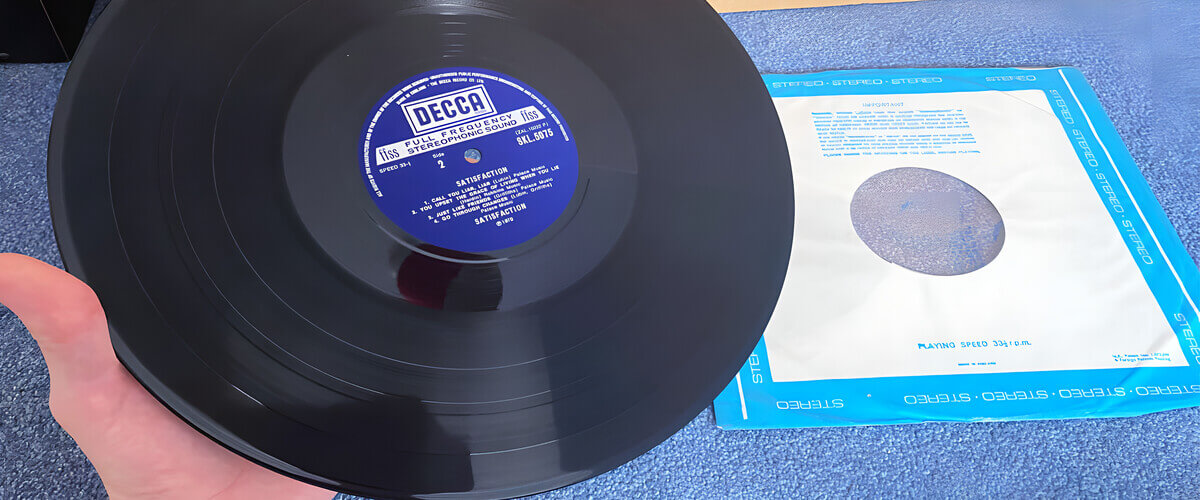
Look at the record label on both sides of the vinyl. Some labels include details that can help identify a first pressing. Pay attention to the following:
- Record company name: check for any variations or differences in the label’s design or logo.
- Copyright information: some early pressings may have unique copyright or manufacturing information.
Step 2: Check the catalog number
Look for a series of alphanumeric characters or a code on the label. This is the catalog number. Compare the catalog number you find on the label to known information about the album’s different pressings. This information can often be found in vinyl record collector guides, discography websites, or by consulting collectors and enthusiasts in online forums.
Step 3: Examine the matrix code
Flip the record over and inspect the matrix runout, which is the etched or stamped code near the center label. It often contains information about the pressing. Look for any specific codes, serial numbers, or initials that are associated with first pressings. Compare the matrix runout information to databases or reference guides specific to the album or the record label.
Step 4: Look at the label design
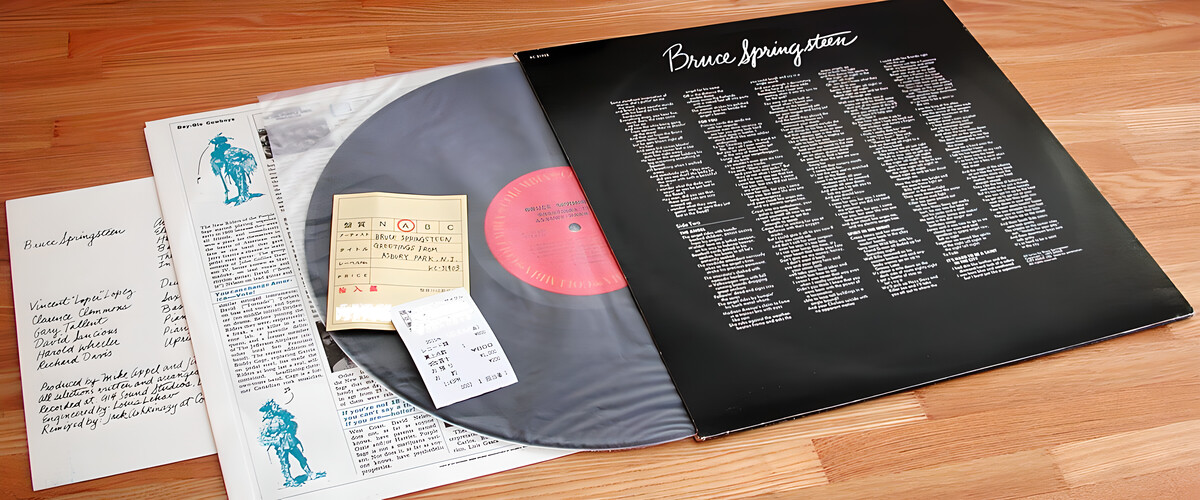
Note any unique logos or typography used on the label. Early pressings may feature distinct label designs that were later altered in reissues. Observe the color scheme of the label. Some albums had label designs with specific color combinations during their first pressings.
Check for any text printed around the rim of the label. This text may include copyright information, publishing details, or other identifiers that can differ between pressings.
Compare the label design to reference images of known first pressings of the album. Some albums had multiple label variations within their first pressings. These variations could include different fonts, logos, or slight design changes.
Be thorough in comparing all label details. Some record labels went through logo or design changes, and these changes can help you identify the era of the pressing.
Step 5: Deadwax area
Inspect the space between the last track and the label for any additional etchings, initials, or markings that could be associated with the first pressings. Some records feature the initials of the mastering engineer who cut the lacquer in the deadwax. These inscriptions can be associated with specific pressings and are often noted in collector databases.
Step 6: Assess cover artwork and inserts
Check for any differences in the artwork, layout, or text on the cover. The text on the spine of the cover may change between pressings. Early pressings may have higher-quality materials or printing. Some first pressings include inserts or extras that may not be present in later pressings. Lyric sheets, posters, or stickers can be unique to early releases. First pressings may have custom inner sleeves or protective materials.
Step 7: Evaluate physical condition
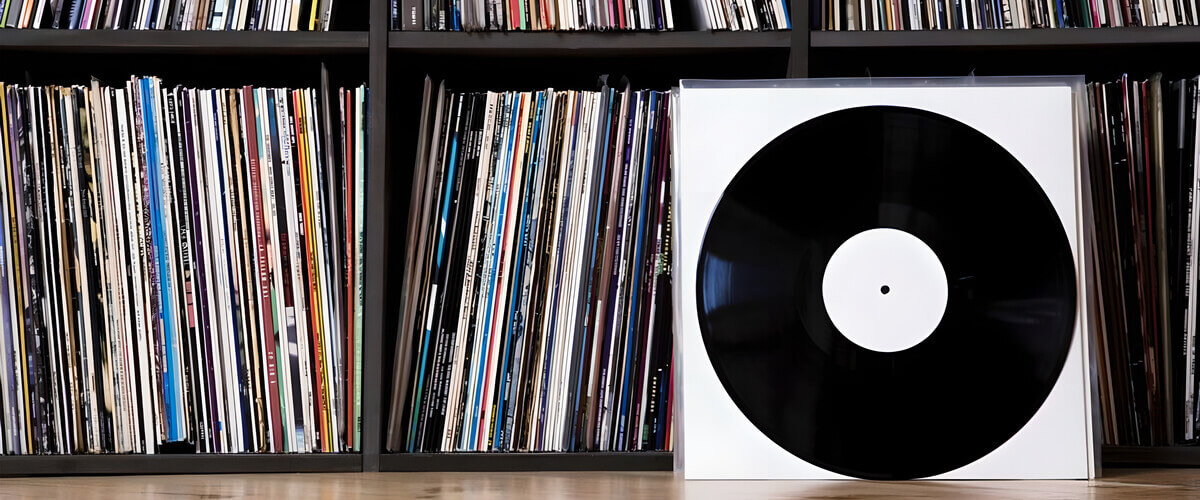
A well-preserved vinyl record in excellent condition is more likely to be a first pressing. Records that have been played excessively or mishandled are more likely to be later pressings. Labels that are clean and free from writing, stickers, or other markings may also suggest an early pressing.
Step 8: Verify with experts (optional)
Consider consulting qualified collectors, record markets, or vinyl sellers specializing in rare and valuable albums for guidance if you have questions regarding the authenticity of a first edition or come across contradicting info.
You can improve your chances of successfully recognizing vinyl records that are first pressings by carefully analyzing these factors, comparing them with trustworthy sources, and adding priceless items to your collection.

